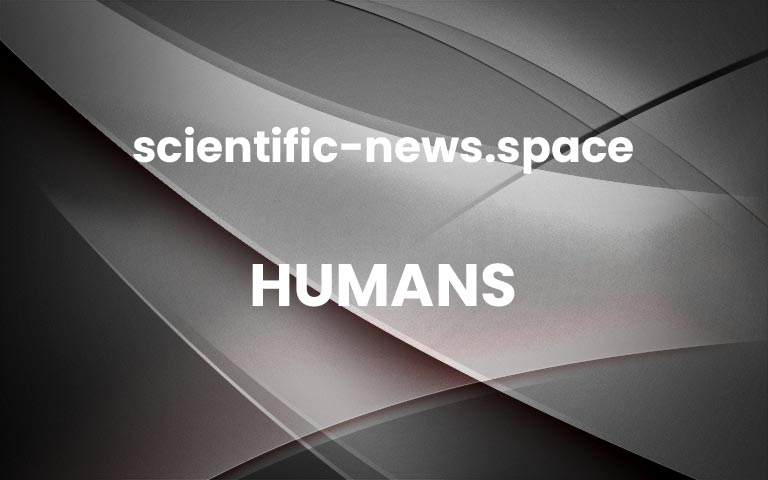Canine teeth shrank in human ancestors at least 4.5 million years ago
The extra-large, dagger-like canine teeth seen in male great apes have been missing from human ancestors for at least 4.5 million years – possibly because females opted for less aggressive partners
Humans
29 November 2021
, updated 20 November 2021
By Clare Wilson
An Ardipithecus ramidus skull found in Awash, EthiopiaPvE / Alamy
Male hominins may have lost the extra-large canine teeth that are seen in most other male primates at least 4.5 million years ago – relatively early in our evolution. This suggests that male human ancestors became less aggressive with each other around the same time, possibly because females preferred less aggressive mates, says a researcher behind the finding.
Modern-day human males have proportionately the smallest canines of all male great apes. For most other primates, such as gorillas and chimpanzees, males have significantly bigger canines than females. Larger canines have been linked with more fighting between males for access to females.
It is unclear when in our evolutionary history male canines shrank, because fossils that are several million years old lack DNA that could be sequenced and assigned to a sex. The ancestors of humans and chimpanzees split about 7 million years ago, so the change in tooth size is thought to have happened at some point since then.Advertisement
Gen Suwa at the University of Tokyo in Japan and his colleagues measured the dimensions of more than 300 fossil teeth spanning 6 million years of hominin evolution. These included 24 from Ardipithecus ramidus, one of the earliest known hominins, which lived about 4.5 million years ago.
The A. ramidus canines didn’t clearly fall into two distinct groups, so the team developed a statistical technique for analysing subtle variations to distinguish male and female teeth. To check its accuracy, the group tested their technique on modern samples from primate teeth for which the sex was known.
Using the technique, the team found that male A. ramidus upper canines were 1.06 times larger than female ones, while the lower canines were 1.13 times larger than those in females – similar to the situation with modern humans. Those of modern chimpanzees, by comparison, are about 1.3 times larger in males for both upper and lower canines.
This suggests that male human ancestors have had relatively small canines for at least 4.5 million years – and that they were less aggressive toward other males than other great apes, says Suwa. “Smaller canines may evolve if females prefer to mate more with males that are prone to less aggression,” he says.
Journal reference: PNAS, DOI: 10.1073/pnas.2116630118
More on these topics: More


